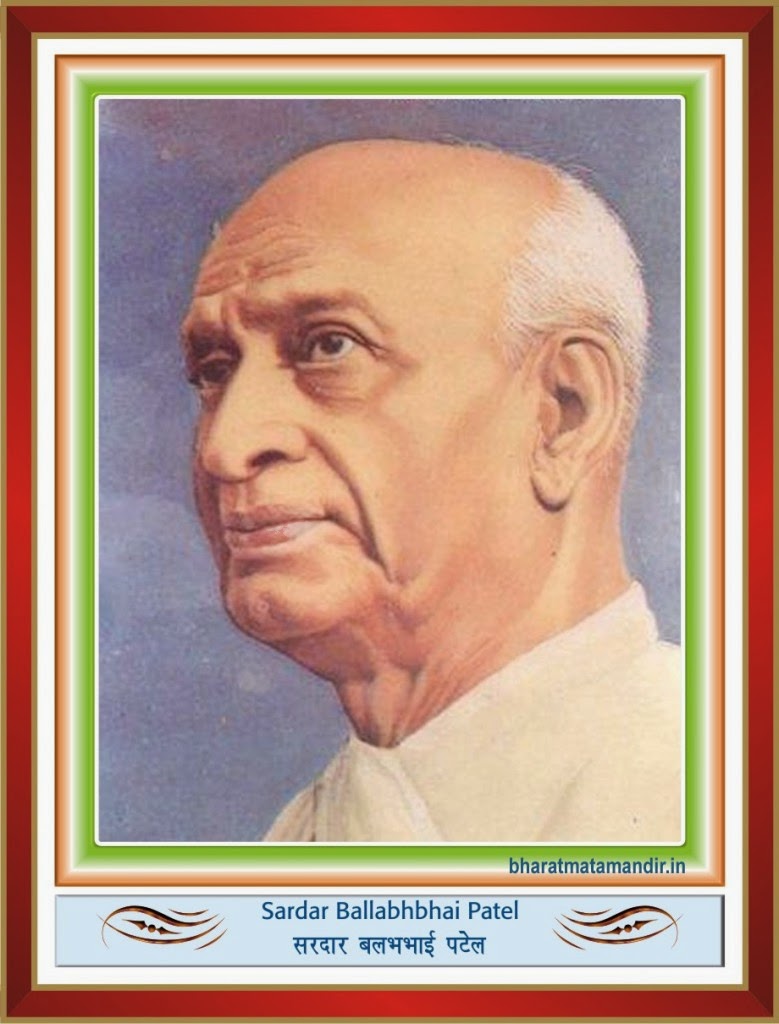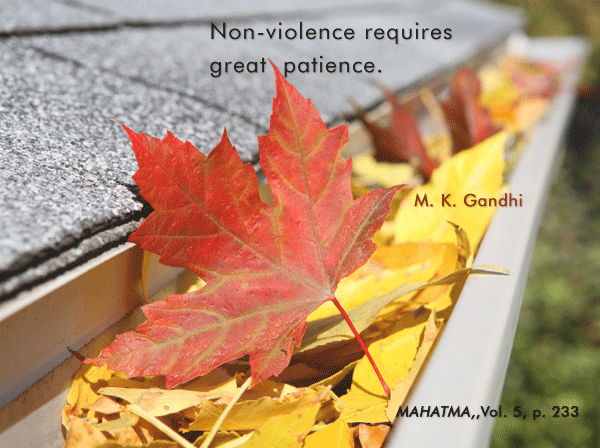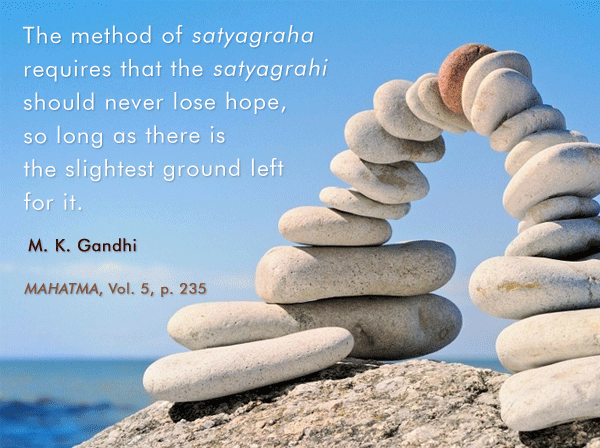The Bhaiya Express to misery:- By Badri Narayan.
The Hindu
29.06.2013
Opinion » Lead
June 29, 2013
Indentured labour may be a forgotten part of our colonial economic history but Bihar and eastern Uttar Pradesh are still sending ‘Girmitya’ to toil in distant lands
-----------------------------------------------------------------------------------------------
The descendants of indentured labourers, who migrated from eastern Uttar Pradesh and Bihar to erstwhile colonies, recently met at The Hague in the Netherlands to commemorate 140 years of migration — perpetuated through a system popularly known as ‘Girmit.’ They gathered from all corners of the world to pay homage to their ancestors and celebrate the end of slavery in the Dutch colonies. Persons of Indian origin in Suriname, a sizeable portion of the country’s population, are also marking the occasion this month.
Contractual system
Suriname, previously a Dutch colony, abolished slavery in 1863. To meet the demand for cheap labour, however, the Dutch conceived a contractual system, different from its predecessor only in name. Dutch and British officials came to an ‘understanding’ — made in writing — to ‘borrow’ labourers from certain parts of Haryana, west and east Uttar Pradesh, Bihar and Madhya Pradesh for a period of five years. Thus came to be born the ‘Girmit’ system in Suriname. The word ‘agreement’ was transliterated as ‘Girmit’ and ‘Girmitya’ by migrant labourers themselves.
The Girmityas were sent not just to Suriname, but also Mauritius, Fiji, Trinidad, and Guyana. Of these, the Bhojpuri speaking population from east U.P. and west Bihar constituted the largest number. About 1.2 million people from this region were sent as migrant labourers to former colonies. They held festivities annually to celebrate and rejoice the days of their leaving India and settling down in foreign lands. Their descendants have continued this tradition, eulogising their Indian roots, while using the occasion to decry the colonial practice of indentured labour. They also remember India’s abject poverty that forced their ancestors to look for greener pastures.
Migrant Indian labourers worked on sugarcane, rice and coffee farms, shouldering the burden of the economy in the colonies they worked. When Suriname was freed from the Dutch rule in 1970, many Girmitiyas settled in the Netherlands. They identified themselves not as Bharatiyas but as Suriname-Hindustanis. Most wealthy people in Suriname made their money by trading in agricultural products such as spices, tea, coffee, and the like. The biggest bank in Suriname, ABN (Amro) started out by trading in sugarcane. Its branches have been set up today in New Delhi and other metropolitan cities of India. Most Indians are unaware of the bond of toil that ties their ancestors to this bank.
Whether they were successful financially or not, the Girmityas bore the pangs of separation from their families and clans. Their yearly ‘celebrations’ stood testament to their desire to belong home. Ironically, those in India seem to have forgotten all about the Girmityas.
Attuned to modern times
Colonialism across the world was founded on the bonded labour and inhuman toil of the enslaved. The upsurge and revolt by slaves against the ruling class brought about the abolition of this barbaric practice, albeit progressively. A closer examination, however, suggests indentured labour still persists — only this time, it has been attuned to modern day interests and sensitivities.
Even today, people from Purvanchal, Bundelkhand and Bihar of the Hindi heartland are migrating to earn a better livelihood. Why is it that even after 150 or 200 years, people from this region are forced to leave their home and hearth? If their earlier destinations were Mauritius, Suriname, Fiji and Trinidad, they now head for Ghaziabad, Noida, Faridabad, Punjab, Mumbai and Surat. Earlier, they served colonial masters but now they serve the masters of this country.
‘Bhaiya Express’ is a contemporary term of reference for trains that displace people. It does not indicate one train but several trains that carry workers, often perched on roofs, to India’s cities. In colonial times, these trains carried them to coastal depots from where they were shipped overseas. Today, the trains carry migrants from villages like Semra, Barwaripur and Majhauwa to cities like Delhi, Mumbai, Kolkata, Surat, or to Assam and Punjab, where they either work as labourers or from where they are transported further by airplane.
The lion’s share of migrant labourers comes from Azamgarh, Ghazipur, Basti, Banda, Gorakhpur, Sultanpur, Gonda, and Faizabad in the eastern part of U.P. and Raxaul, Narkatiaganj, Betia, Sugauli, Motihari, Chakia, Darbhanga, Madhubani, Jaynagar, Nirmali, Farbisganj, Munger, Purnea, Saharsa, Begusarai, Araria, Sitamarhi, Vaishali, Chhapara, Gopalganj , Bhojpur and Buxar in Bihar. Every day, at least a hundred people or more gather at the railway station or a bus depot in these places to travel to the nearest railway stations like Allahabad, Banaras, Katihar, Barauni, Samastipur, Mokama, Patna, Buxar, Ara, Sasaram, Muzaffarpur, Chhapra and Siwan which fall on the route of long distance trains.
Most of them are unaware of the direction in which their destination lies. Migrant labourers are under the complete custody and ‘protection’ of labour contractors who beg, cajole, lure and threaten them to go to work in factories in big cities. These contractors are the present day equivalents of recruiters or ‘arkatiyas’ of the colonial times, who used to travel from village to village luring hapless people into sub-depots and depots, taking them to work as Girmityas in overseas plantations in the Dutch colonies.
Agony of separation
Today’s migrant labourers, like their colonial-era counterparts, have learnt to live with the sorrow and agony of separation. It is often inevitable. Migration is fuelled by economic necessity and aspiration for a better life. There are payoffs and heartbreaks. Labourers at home and abroad, from then to now, have developed a rich cultural repertoire around migration: folk songs, folk dramas, stories and legends about deities — often goddesses — and folk beliefs.
Earlier, in the Girmitiya phase, the songs dealt with Calcutta and foreign lands, where the labourers migrated. Now, these destinations are inland cities like Ghaziabad, Punjab, Surat and Mumbai. Contemporary songs are woven around a lovelorn woman, who pines for her lover (often husband). These songs — Birhas, Kajri, Jatsaar, Bidesia — are not gender-specific and are sung by both men and women.
New rituals, deities
Such cultural forms have led to a shift in belief systems as a natural historical process. New rituals and deities have been created. Two such deities are Murkatti Devi in Barwaripur village in Sultanpur district and Sankata Devi in Varanasi. Women pray to these goddesses for the well-being and safety of their migrant husbands. It has a unified sensibility and includes birds and spiders, like Shuklain Pakshi, crows and parrots — different calls of these birds convey different meanings, from good, not-so-good, to evil. Certain calls of animals like dogs and cats too form a part of this belief ‘eco-system.’
Families still yearn for the return of their separated members. Earlier, it would take anywhere between six months to a year for letters and money orders to reach homes but today we have the facilities of PCOs and mobile phones for quicker communication. Online transfers of funds happen in a jiffy. Though there are connectivity problems, mobile service providers are expanding their networks in these rural areas.
Every year, during the month of January, our government organises ‘Prawasi Diwas’ in honour of India’s migrants. A separate Ministry of Overseas Indian Affairs too has been formed for this purpose but such celebrations neither offer any critique of the self nor any glimpse of the future. Decades after independence, the Planning Commission is yet to formulate concrete plans for the welfare of migrant labourers, headed overseas or to different parts of India.
Taking off from the Prawasiya Bharatiya festivities in Suriname and the Netherlands, we need to review and critique our economic systems, development and social failures in the context of migration and forced labour. This would help stem and stop the social displacement and exodus of labour which still occur from particular regions.
Migration is at once a source of happiness and heartbreak, expectation and disappointment. Every night will always be a dark one for migrant workers. But if the government can find ways to mitigate the physical discomfort that comes with dislocation — poor wages and housing, no healthcare or rations — the migrant will manage to deal a little better with the emotional pain that comes with separation.
(Badri Narayan is Professor, GB Pant Social Science Institute, Jhusi, Allahabad. He is the author of The Making of the Dalit Public in North India (OUP). His research interest is centred on migration and culture)
29.06.2013
Opinion » Lead
June 29, 2013
Indentured labour may be a forgotten part of our colonial economic history but Bihar and eastern Uttar Pradesh are still sending ‘Girmitya’ to toil in distant lands
-----------------------------------------------------------------------------------------------
The descendants of indentured labourers, who migrated from eastern Uttar Pradesh and Bihar to erstwhile colonies, recently met at The Hague in the Netherlands to commemorate 140 years of migration — perpetuated through a system popularly known as ‘Girmit.’ They gathered from all corners of the world to pay homage to their ancestors and celebrate the end of slavery in the Dutch colonies. Persons of Indian origin in Suriname, a sizeable portion of the country’s population, are also marking the occasion this month.
Contractual system
Suriname, previously a Dutch colony, abolished slavery in 1863. To meet the demand for cheap labour, however, the Dutch conceived a contractual system, different from its predecessor only in name. Dutch and British officials came to an ‘understanding’ — made in writing — to ‘borrow’ labourers from certain parts of Haryana, west and east Uttar Pradesh, Bihar and Madhya Pradesh for a period of five years. Thus came to be born the ‘Girmit’ system in Suriname. The word ‘agreement’ was transliterated as ‘Girmit’ and ‘Girmitya’ by migrant labourers themselves.
The Girmityas were sent not just to Suriname, but also Mauritius, Fiji, Trinidad, and Guyana. Of these, the Bhojpuri speaking population from east U.P. and west Bihar constituted the largest number. About 1.2 million people from this region were sent as migrant labourers to former colonies. They held festivities annually to celebrate and rejoice the days of their leaving India and settling down in foreign lands. Their descendants have continued this tradition, eulogising their Indian roots, while using the occasion to decry the colonial practice of indentured labour. They also remember India’s abject poverty that forced their ancestors to look for greener pastures.
Migrant Indian labourers worked on sugarcane, rice and coffee farms, shouldering the burden of the economy in the colonies they worked. When Suriname was freed from the Dutch rule in 1970, many Girmitiyas settled in the Netherlands. They identified themselves not as Bharatiyas but as Suriname-Hindustanis. Most wealthy people in Suriname made their money by trading in agricultural products such as spices, tea, coffee, and the like. The biggest bank in Suriname, ABN (Amro) started out by trading in sugarcane. Its branches have been set up today in New Delhi and other metropolitan cities of India. Most Indians are unaware of the bond of toil that ties their ancestors to this bank.
Whether they were successful financially or not, the Girmityas bore the pangs of separation from their families and clans. Their yearly ‘celebrations’ stood testament to their desire to belong home. Ironically, those in India seem to have forgotten all about the Girmityas.
Attuned to modern times
Colonialism across the world was founded on the bonded labour and inhuman toil of the enslaved. The upsurge and revolt by slaves against the ruling class brought about the abolition of this barbaric practice, albeit progressively. A closer examination, however, suggests indentured labour still persists — only this time, it has been attuned to modern day interests and sensitivities.
Even today, people from Purvanchal, Bundelkhand and Bihar of the Hindi heartland are migrating to earn a better livelihood. Why is it that even after 150 or 200 years, people from this region are forced to leave their home and hearth? If their earlier destinations were Mauritius, Suriname, Fiji and Trinidad, they now head for Ghaziabad, Noida, Faridabad, Punjab, Mumbai and Surat. Earlier, they served colonial masters but now they serve the masters of this country.
‘Bhaiya Express’ is a contemporary term of reference for trains that displace people. It does not indicate one train but several trains that carry workers, often perched on roofs, to India’s cities. In colonial times, these trains carried them to coastal depots from where they were shipped overseas. Today, the trains carry migrants from villages like Semra, Barwaripur and Majhauwa to cities like Delhi, Mumbai, Kolkata, Surat, or to Assam and Punjab, where they either work as labourers or from where they are transported further by airplane.
The lion’s share of migrant labourers comes from Azamgarh, Ghazipur, Basti, Banda, Gorakhpur, Sultanpur, Gonda, and Faizabad in the eastern part of U.P. and Raxaul, Narkatiaganj, Betia, Sugauli, Motihari, Chakia, Darbhanga, Madhubani, Jaynagar, Nirmali, Farbisganj, Munger, Purnea, Saharsa, Begusarai, Araria, Sitamarhi, Vaishali, Chhapara, Gopalganj , Bhojpur and Buxar in Bihar. Every day, at least a hundred people or more gather at the railway station or a bus depot in these places to travel to the nearest railway stations like Allahabad, Banaras, Katihar, Barauni, Samastipur, Mokama, Patna, Buxar, Ara, Sasaram, Muzaffarpur, Chhapra and Siwan which fall on the route of long distance trains.
Most of them are unaware of the direction in which their destination lies. Migrant labourers are under the complete custody and ‘protection’ of labour contractors who beg, cajole, lure and threaten them to go to work in factories in big cities. These contractors are the present day equivalents of recruiters or ‘arkatiyas’ of the colonial times, who used to travel from village to village luring hapless people into sub-depots and depots, taking them to work as Girmityas in overseas plantations in the Dutch colonies.
Agony of separation
Today’s migrant labourers, like their colonial-era counterparts, have learnt to live with the sorrow and agony of separation. It is often inevitable. Migration is fuelled by economic necessity and aspiration for a better life. There are payoffs and heartbreaks. Labourers at home and abroad, from then to now, have developed a rich cultural repertoire around migration: folk songs, folk dramas, stories and legends about deities — often goddesses — and folk beliefs.
Earlier, in the Girmitiya phase, the songs dealt with Calcutta and foreign lands, where the labourers migrated. Now, these destinations are inland cities like Ghaziabad, Punjab, Surat and Mumbai. Contemporary songs are woven around a lovelorn woman, who pines for her lover (often husband). These songs — Birhas, Kajri, Jatsaar, Bidesia — are not gender-specific and are sung by both men and women.
New rituals, deities
Such cultural forms have led to a shift in belief systems as a natural historical process. New rituals and deities have been created. Two such deities are Murkatti Devi in Barwaripur village in Sultanpur district and Sankata Devi in Varanasi. Women pray to these goddesses for the well-being and safety of their migrant husbands. It has a unified sensibility and includes birds and spiders, like Shuklain Pakshi, crows and parrots — different calls of these birds convey different meanings, from good, not-so-good, to evil. Certain calls of animals like dogs and cats too form a part of this belief ‘eco-system.’
Families still yearn for the return of their separated members. Earlier, it would take anywhere between six months to a year for letters and money orders to reach homes but today we have the facilities of PCOs and mobile phones for quicker communication. Online transfers of funds happen in a jiffy. Though there are connectivity problems, mobile service providers are expanding their networks in these rural areas.
Every year, during the month of January, our government organises ‘Prawasi Diwas’ in honour of India’s migrants. A separate Ministry of Overseas Indian Affairs too has been formed for this purpose but such celebrations neither offer any critique of the self nor any glimpse of the future. Decades after independence, the Planning Commission is yet to formulate concrete plans for the welfare of migrant labourers, headed overseas or to different parts of India.
Taking off from the Prawasiya Bharatiya festivities in Suriname and the Netherlands, we need to review and critique our economic systems, development and social failures in the context of migration and forced labour. This would help stem and stop the social displacement and exodus of labour which still occur from particular regions.
Migration is at once a source of happiness and heartbreak, expectation and disappointment. Every night will always be a dark one for migrant workers. But if the government can find ways to mitigate the physical discomfort that comes with dislocation — poor wages and housing, no healthcare or rations — the migrant will manage to deal a little better with the emotional pain that comes with separation.
(Badri Narayan is Professor, GB Pant Social Science Institute, Jhusi, Allahabad. He is the author of The Making of the Dalit Public in North India (OUP). His research interest is centred on migration and culture)



Comments